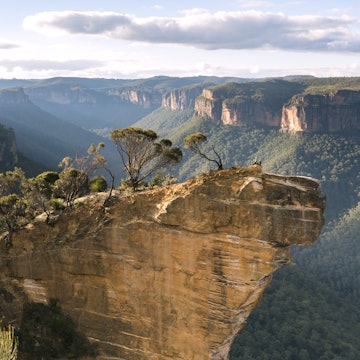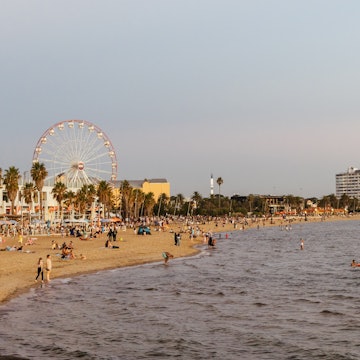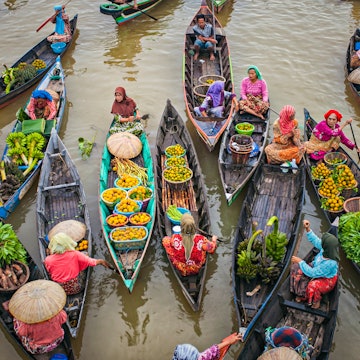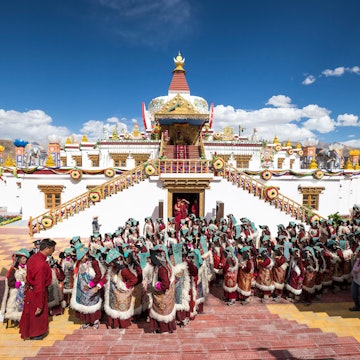

Barceloneta beach in Barcelona. Arcady/Shutterstock
With over 300 days of sunshine per year, good weather in Barcelona is the norm – but that doesn’t mean this Mediterranean metropolis has no seasons. Winter nights can get quite cold, and summers are hot and muggy, making spring and fall the best seasons to visit. However, the city has a busy calendar of events with annual festivals, holiday traditions and seasonal eats.
Whether you come for the sights, the sea or the local parties, here’s a guide to the best time to visit Barcelona.
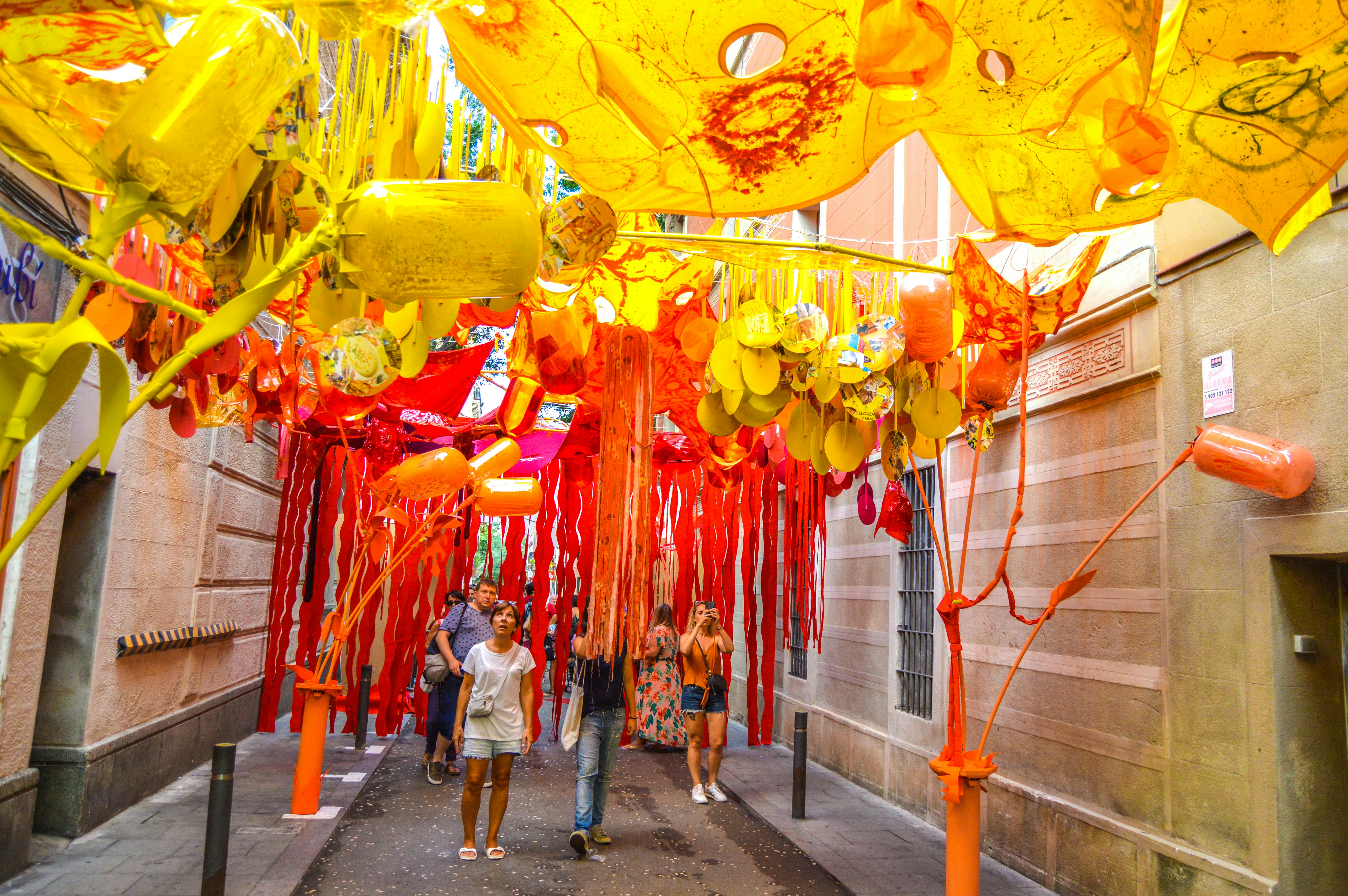
June to August is peak season for festivals and beaches
Pack your body glitter because June kicks off festival season in Barcelona with Primavera Sound, and Sónar brings some of the world’s top music acts to Parc del Fòrum, the city’s sprawling seaside festival site. Then, on the night of Sant Joan, which always takes place on the summer solstice – between June 20 or 23, depending on the year – locals celebrate with bonfires and fireworks on the beach.
Barcelona is a very LGBTIQ+ friendly city, and no time of year is that more apparent than July when Pride Barcelona takes over the city with parades, live music and street parties all weekend long.
At the height of summer in July, Barcelona swells with visitors and battles the heat and humidity. Temperatures reach average highs between 26°C (79°F) and 29°C (85°F), and the humidity gets oppressive, particularly in August. Heat waves are also becoming more common in Southern Europe and in 2025, Barcelona experienced its hottest June in over a century with an average temperature of 26°C (79°F). Don’t plan a trip at this time of year without making time to cool down at the beach.
You should also get your tickets for attractions like the Sagrada Família and Park Güell ahead of time to avoid waiting in long lines. Note that Spain passed a law barring businesses from setting their air-conditioning below 27°C (80.6°F) to curb energy use – thankfully, there is an exception for hotel guests.
Once a year, every Barcelona neighborhood puts on parties known as festes majors. These are big events with street food, live music, Catalan traditions – like human towers and fire runs – and elaborate decorations. The parties are organized throughout the year, but the biggest and most impressive is the Festa Major de Gràcia in mid-August, whose contest for the best-decorated street motivates locals to go above and beyond with their art skills.

September to December brings accommodation deals and festive fun
The summer excitement starts to simmer down come September, and hotel rates also tend to drop. For budget travelers in Barcelona, this is the best time to explore on foot and make the most of the city’s sights and attractions.
A party atmosphere sweeps through the streets with the arrival of La Mercè – the festival for all of Barcelona. Honoring the city’s patron saint on the weekend near her Saint’s Day (September 24), you can find free concerts and cultural demonstrations all over the city all weekend long.
For over 50 years, the Barcelona Jazz Festival has been one of the world’s top jazz festivals, consistently bringing in the world’s premier artists. The concerts begin in October and continue through the end of December, so you have a wide window to catch a performance.
Cooler temperatures may put you off having a dip in the sea, and you’ll find fewer crowds on the beach and in the streets. It rarely gets colder than lows of 48°F, and apart from a usually rainy April or November, you can still enjoy the sunshine most of the time. Take public transport for a day of skiing in the Pyrenees when snow arrives north of the city. If you catch the ski bus or train to the La Molina resort, the round-trip fare includes the cost of your ski pass. Winter in Catalonia also brings the return of the calçotada, traditional wintertime barbecues.
At Barcelona’s cheery Christmas markets – in front of the Barcelona Cathedral or the Sagrada Familia – you’ll find a decoration that no other city in the world has: the pooper. Also known as the caganer (crapper), this cheeky figure can be found hiding in nativity scenes all over the city.
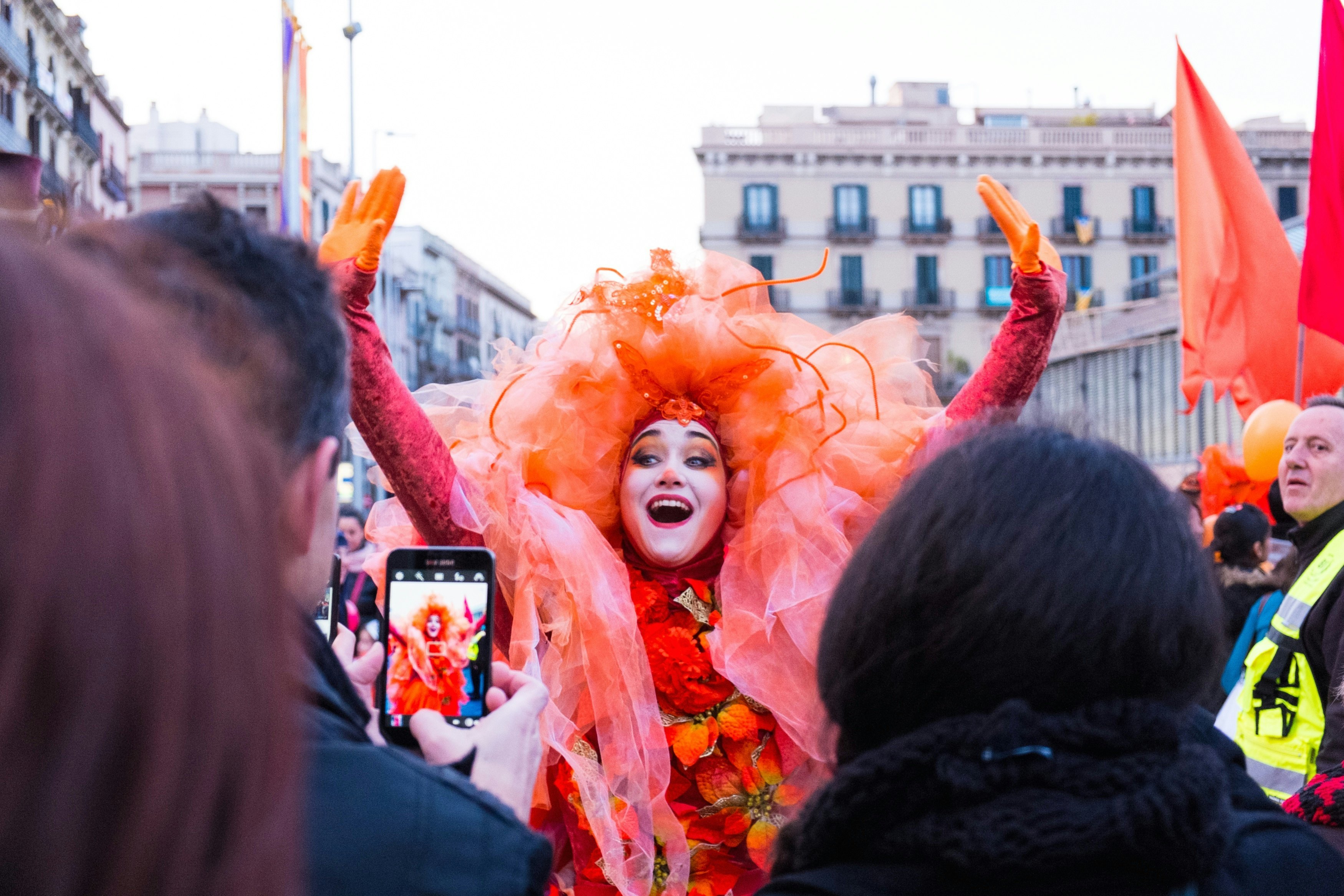
January to March are best for Carnival, calçots and classical music
Every new year in Spain starts with a mouthful of grapes, and soon after, the city celebrates Three Kings Day with a parade on January 5, officially marking the end of the holiday season. In the morning, you may see locals lining up at bakeries to pick up their Kings’ Cake.
If you’re exploring Barcelona between January and March, look for restaurants that have calçots on the menu. These large spring onions are a local specialty that is only eaten during the winter months. You will also find them if you attend a traditional calçotada.
This is also the season for Carnival, so you may be able to catch the street festivities in the week before Ash Wednesday. The weather in Barcelona is on the upswing in March making this the best time of the year to take advantage of low rates and light-jacket weather. Music lovers might also want to check out the schedule for the Barcelona Obertura Spring Festival, the city’s classical concert series.
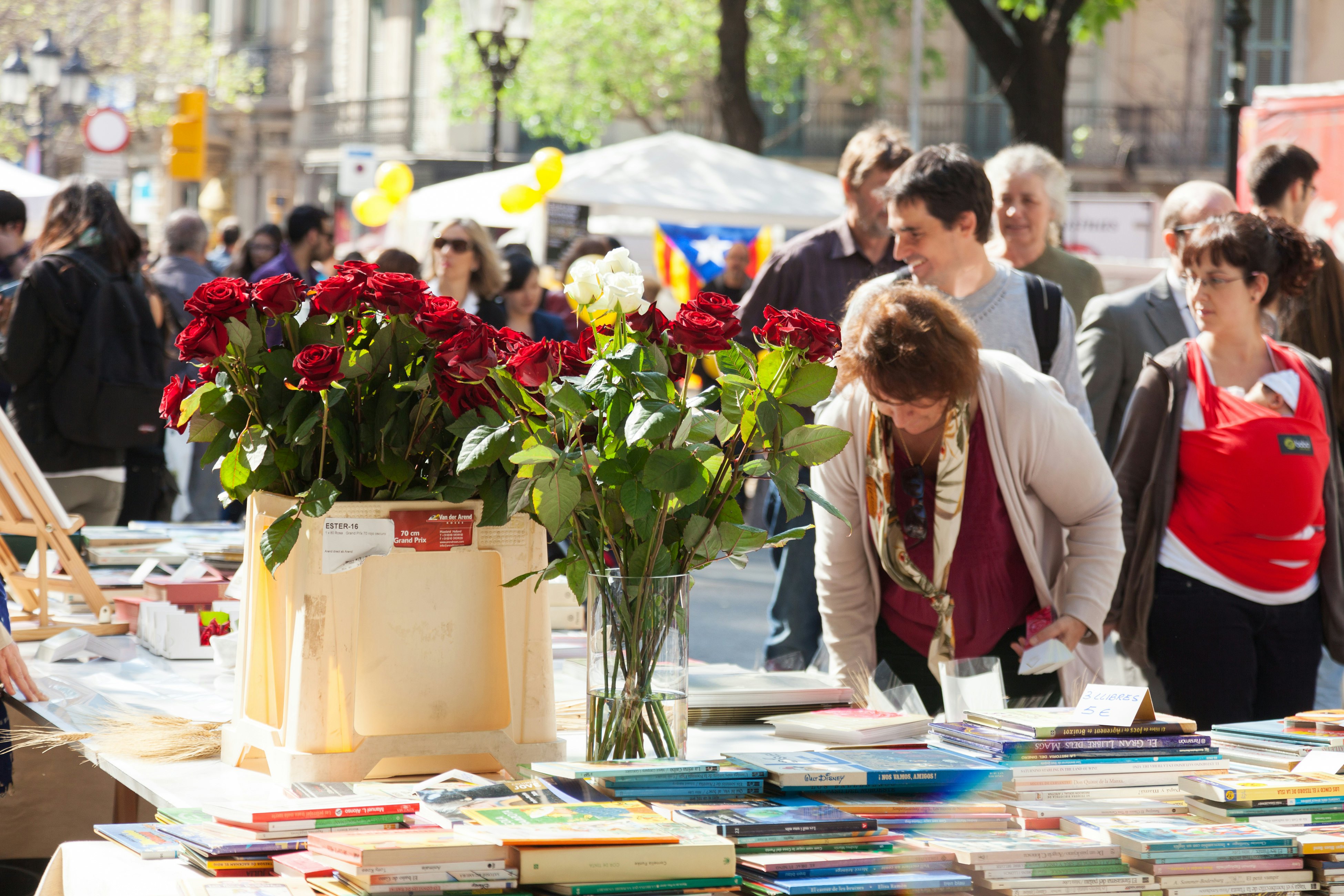
April and May are for books, romance and a museum marathon
The most romantic day in Barcelona is April 23, the day of Sant Jordi. Often dubbed the “Catalan Valentine’s Day,” locals celebrate their love by exchanging books and roses. On almost every corner, you’ll find someone selling roses. The Passeig de Graçia transforms into a literary bazaar, with booksellers lining the streets all the way down to La Rambla. Make sure you stop by Casa Batlló to see the special rose decorations they put out on the balconies every year.
Celebrating the continent-wide Night of Museums in May, many of Barcelona’s museums open their doors for free in the after-hours. Not only can you take advantage of the free entry at big institutions like the National Art Museum of Catalonia, the Museo Picasso and the Moco Museum, but you can also visit historic sites like Castell de Montjuïc or try tasty diversions like the Museu de la Xocolata, the Chocolate Museum.








